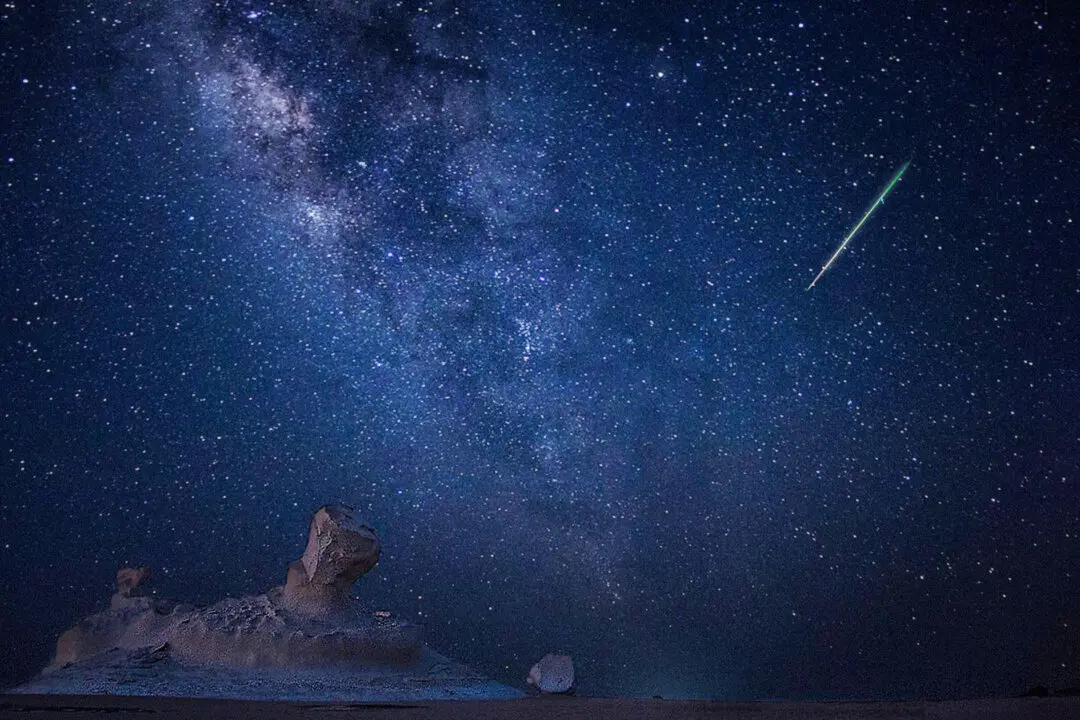Summer is famous for its meteor showers—and what many consider the best meteor shower of the year will soon peak, come mid-August.
By this, we mean the Perseids, a meteor shower beloved for its swift, bright meteors that frequently leave long streaks of light and color behind them as they shoot through Earth’s atmosphere.






